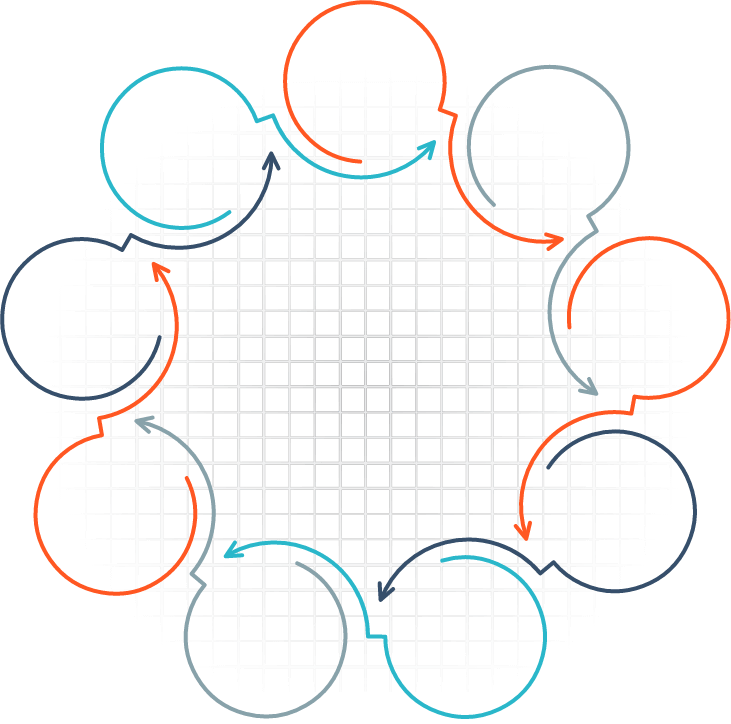PoC/MVP Development

Idea Validation

Market Research and Analysis

Feasibility Study

Business Model Evaluation

Product Design and Prototyping

User Interface (UI) Design

Technical Architecture Planning

Development and Coding

User Feedback Collection

Product Launch Strategy
Tools, Methods, & Technologies Used
Programming Languages












Databases





Frameworks
Frameworks are pre-built sets of code libraries and tools that provide a structured foundation for software development. They streamline the coding process by offering reusable patterns and components. In web development, frameworks like Django for Python and Angular for JavaScript are widely adopted. For mobile development, React Native and Flutter are popular choices.






Cloud Platforms
Cloud platforms are virtualized servers and services provided over the internet, offering scalable and reliable resources for storing data, hosting applications, and even running entire software suites. They act as the ‘operational centers’ of many modern digital solutions, eliminating the need for businesses to invest in and maintain physical hardware. Popular cloud platforms include Amazon Web Services (AWS), Microsoft Azure, and Google Cloud Platform.



DevOps tools




Testing tools



01 Idea Validation Phase
02 Market Research Phase
03 Defining Scope Phase
04 Design & Prototyping Phase
05 Development Of Poc Phase
06 Testing Of Poc Phase
07 Development Of MVP Phase
08 Testing Of MVP Phase
09 User Feedback & Iteration Phase
01 Idea Validation Phase
02 Market Research Phase
03 Defining Scope Phase
04 Design & Prototyping Phase
05 Development Of Poc Phase
06 Testing Of Poc Phase
07 Development Of MVP Phase
08 Testing Of MVP Phase
09 User Feedback & Iteration Phase
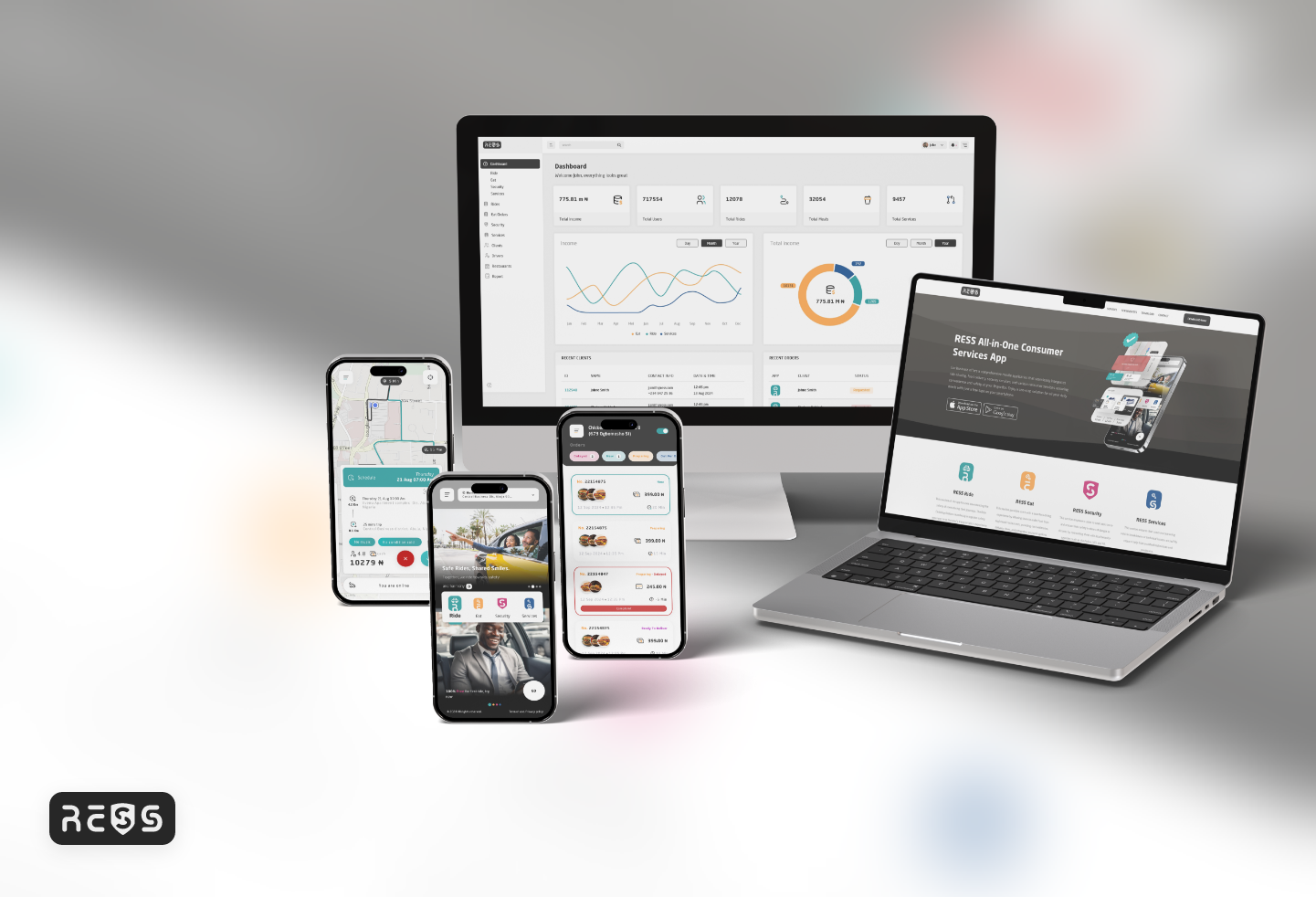
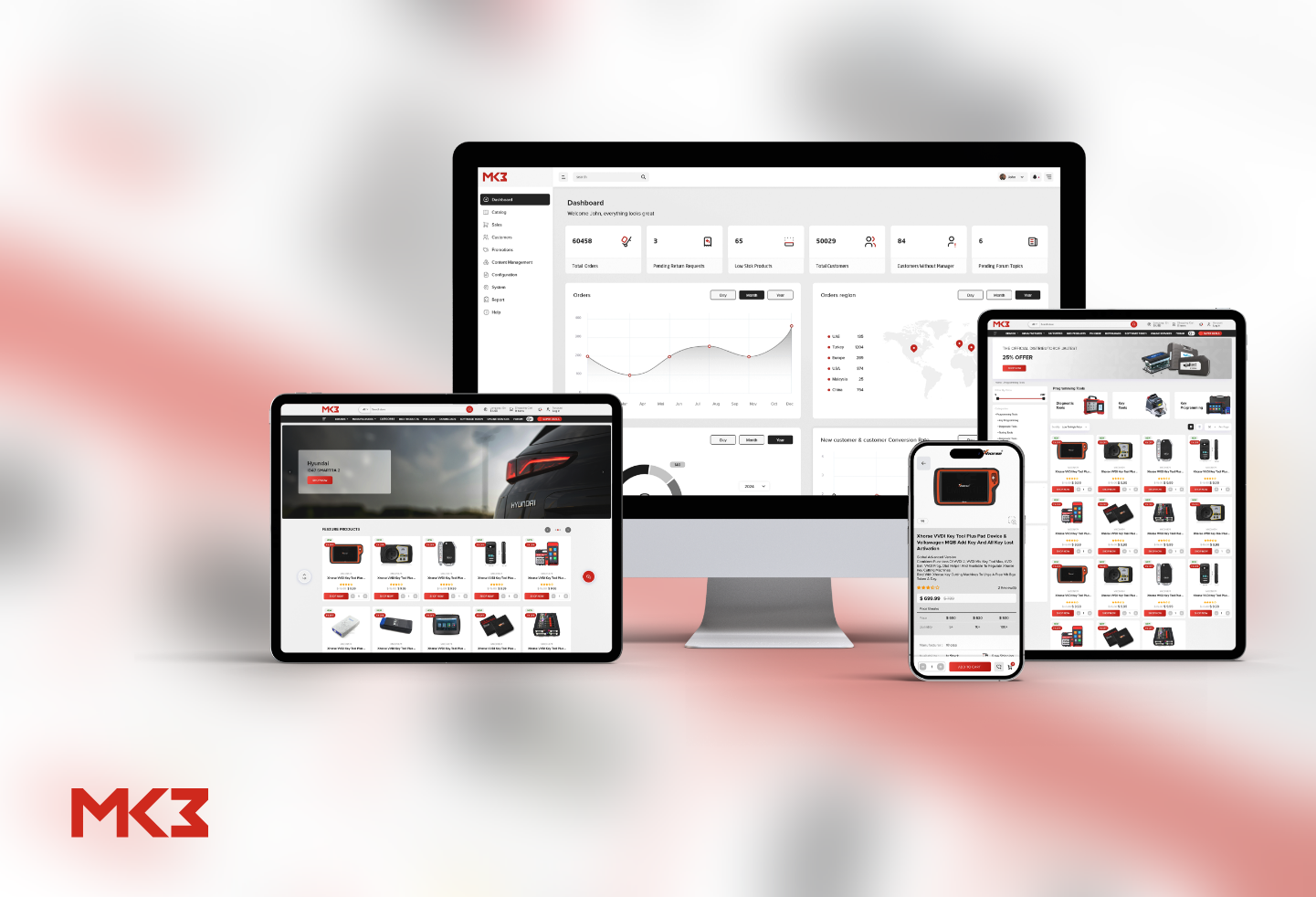
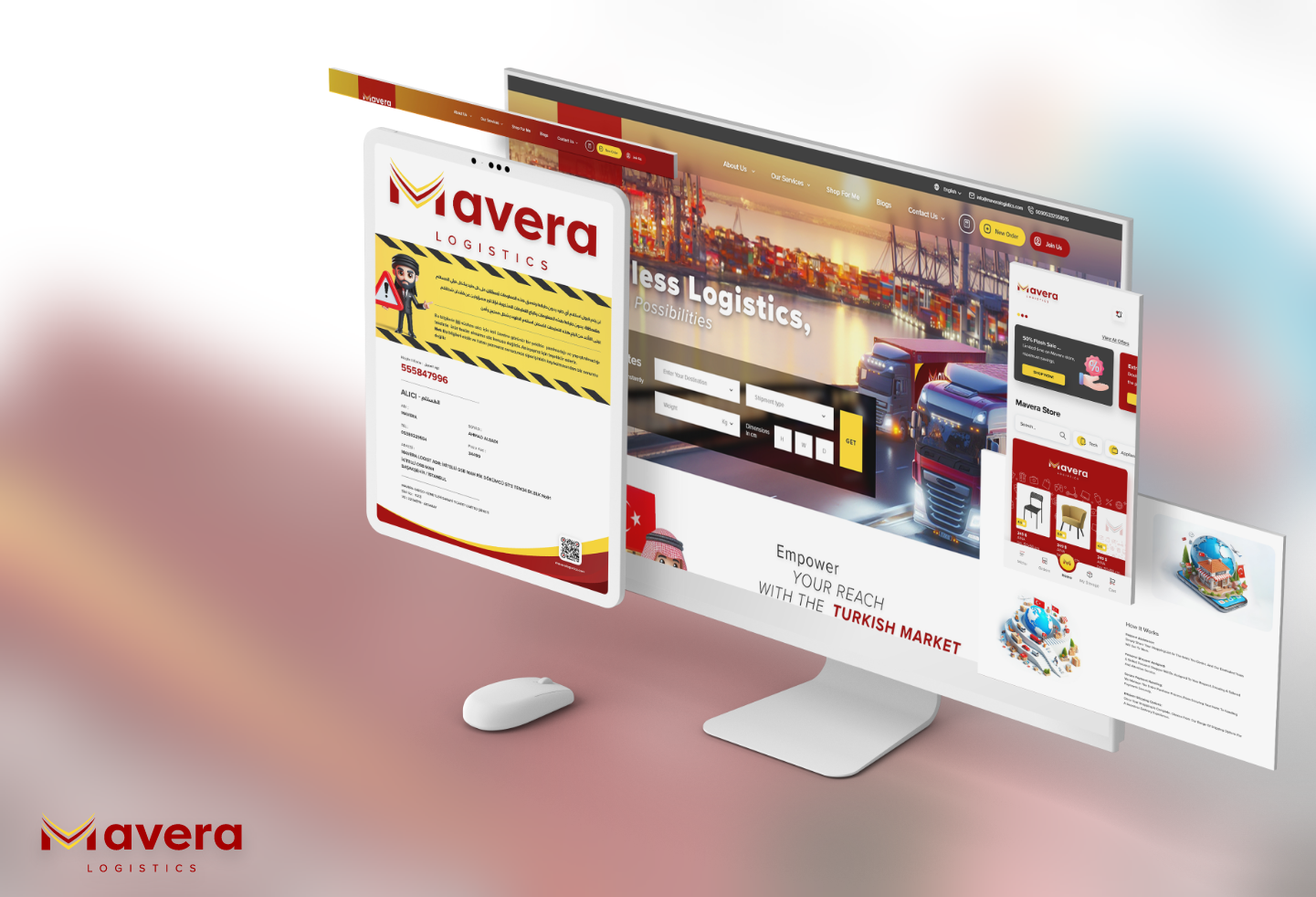
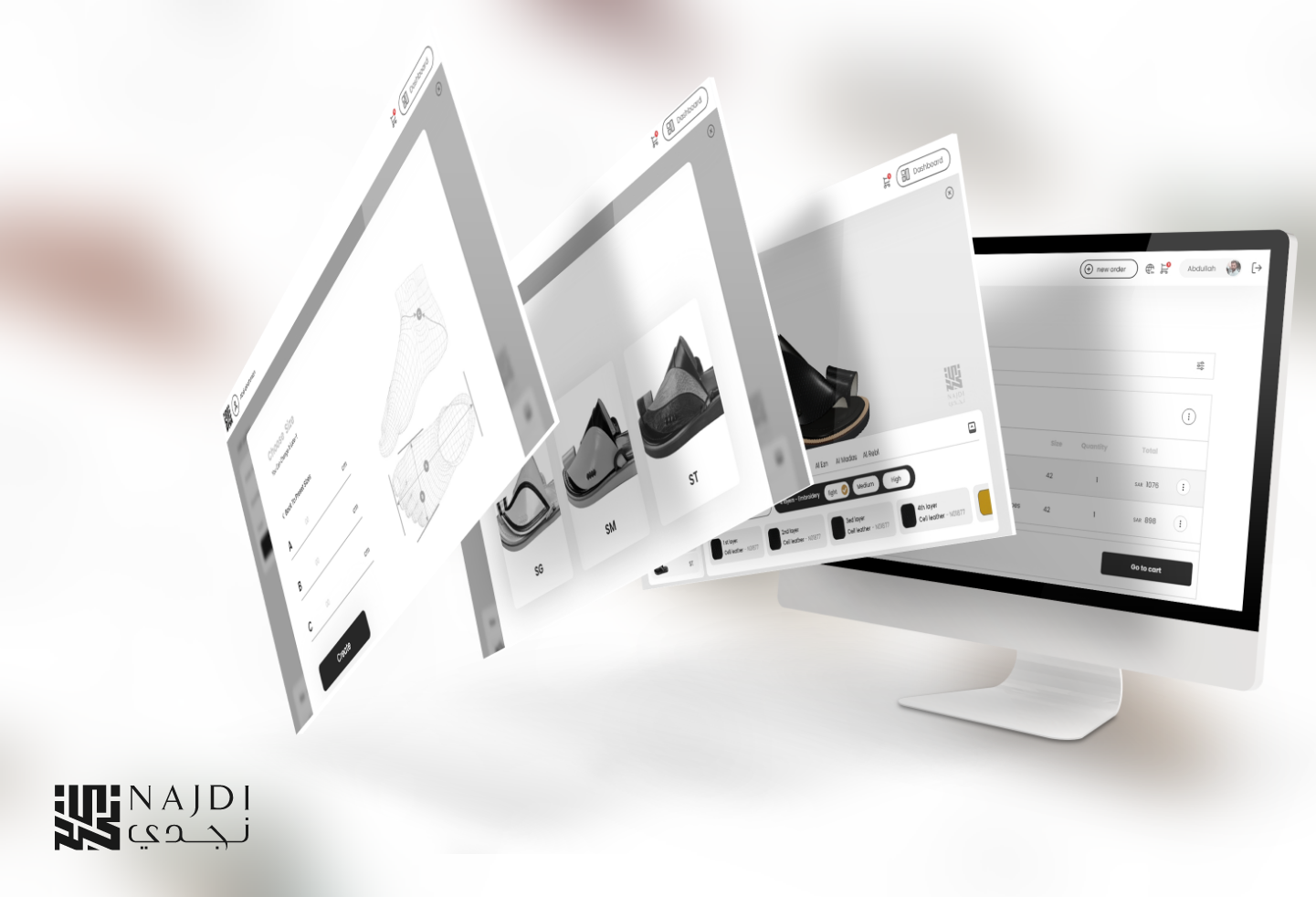


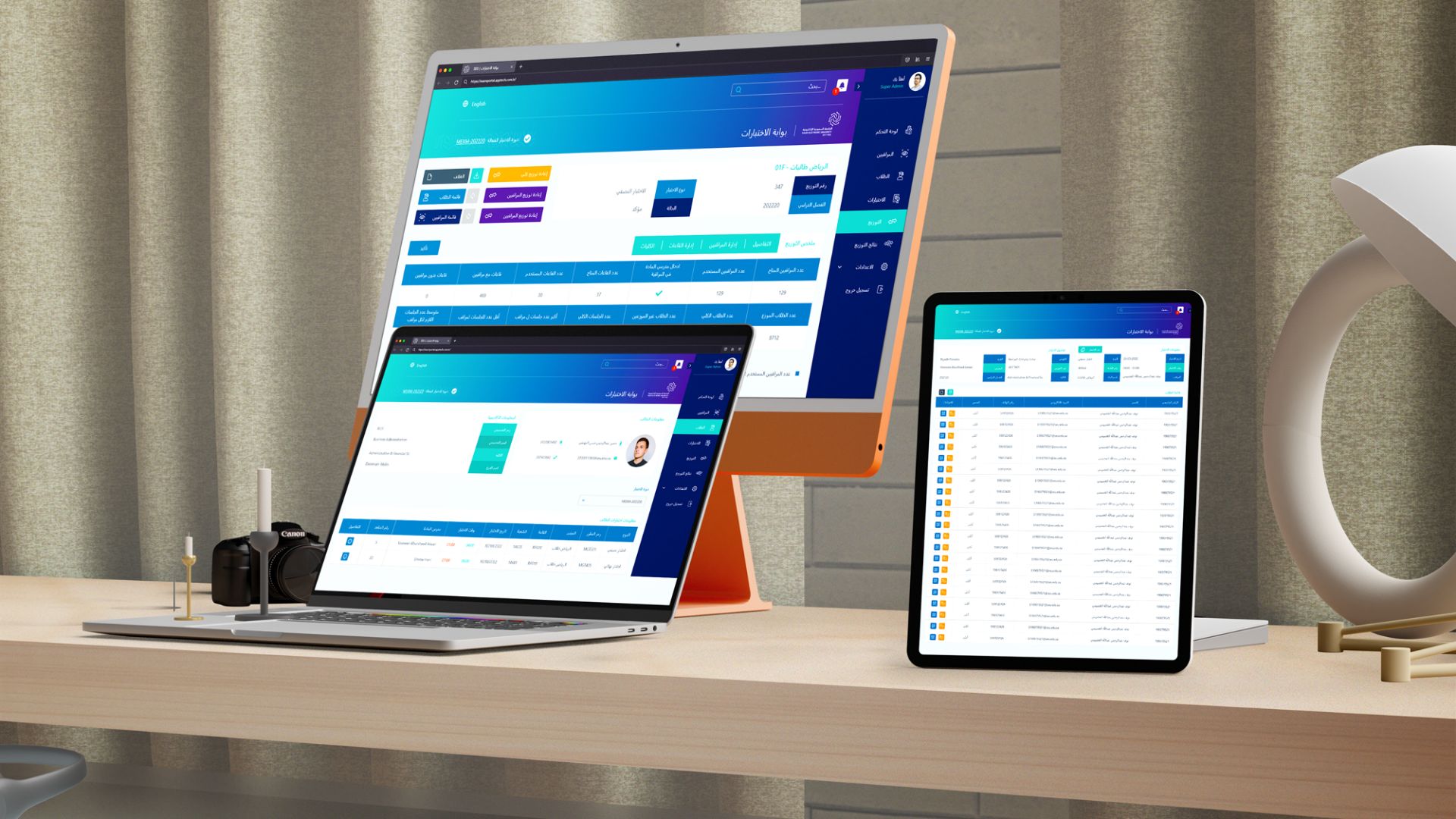
Client Success Summaries




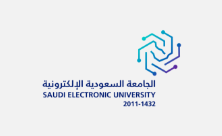
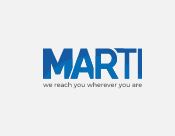


NIGERIA
RESS ALL-IN-ONE SERVICES APP
Technologies

Platforms

United Arab Emirates
MK3 Platform – Automotive Market
Technologies

Platforms

TÜRKIYE
MAVERA LOGISTICS
Technologies


Platforms

Saudi Arabia
NAJDI – 3D PLATFORM
Technologies

Platforms

Saudi Arabia
SEU Admission Portal
Technologies

Platforms

Saudi Arabia
Marti Rental Car Platform
Technologies
Platforms

Saudi Arabia
SEU Exam Portal
Technologies
Platforms
Request For Services
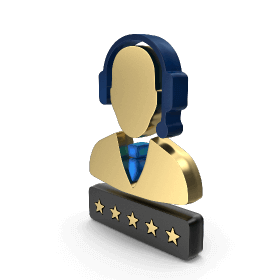





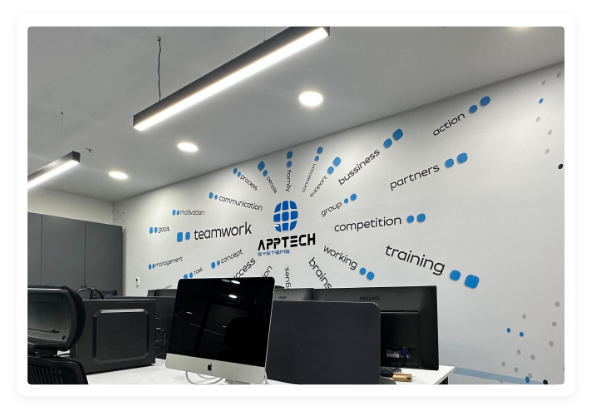
; ?>/theme/images/logo.svg)
